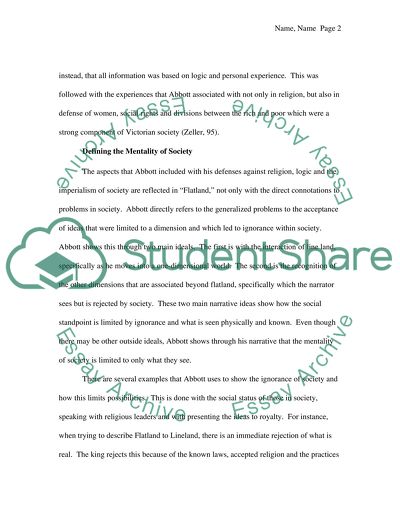Cite this document
(“Flatland Essay Example | Topics and Well Written Essays - 1500 words”, n.d.)
Retrieved from https://studentshare.org/environmental-studies/1414211-flatland
Retrieved from https://studentshare.org/environmental-studies/1414211-flatland
(Flatland Essay Example | Topics and Well Written Essays - 1500 Words)
https://studentshare.org/environmental-studies/1414211-flatland.
https://studentshare.org/environmental-studies/1414211-flatland.
“Flatland Essay Example | Topics and Well Written Essays - 1500 Words”, n.d. https://studentshare.org/environmental-studies/1414211-flatland.


